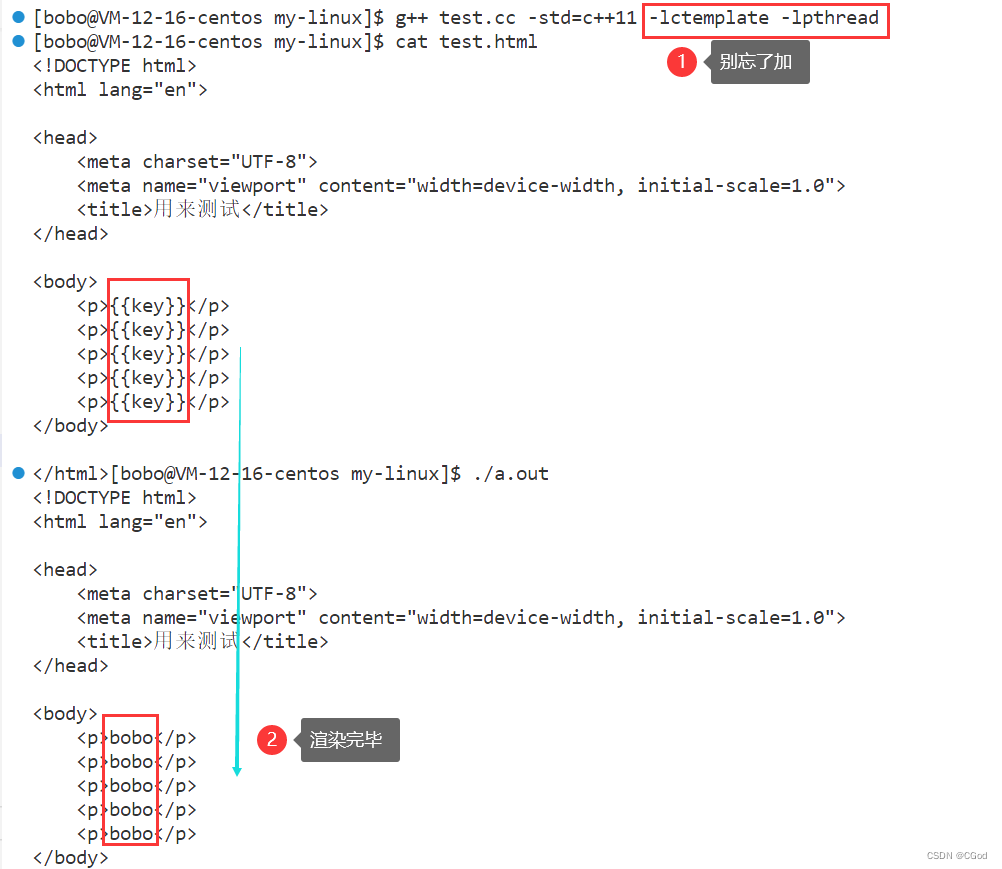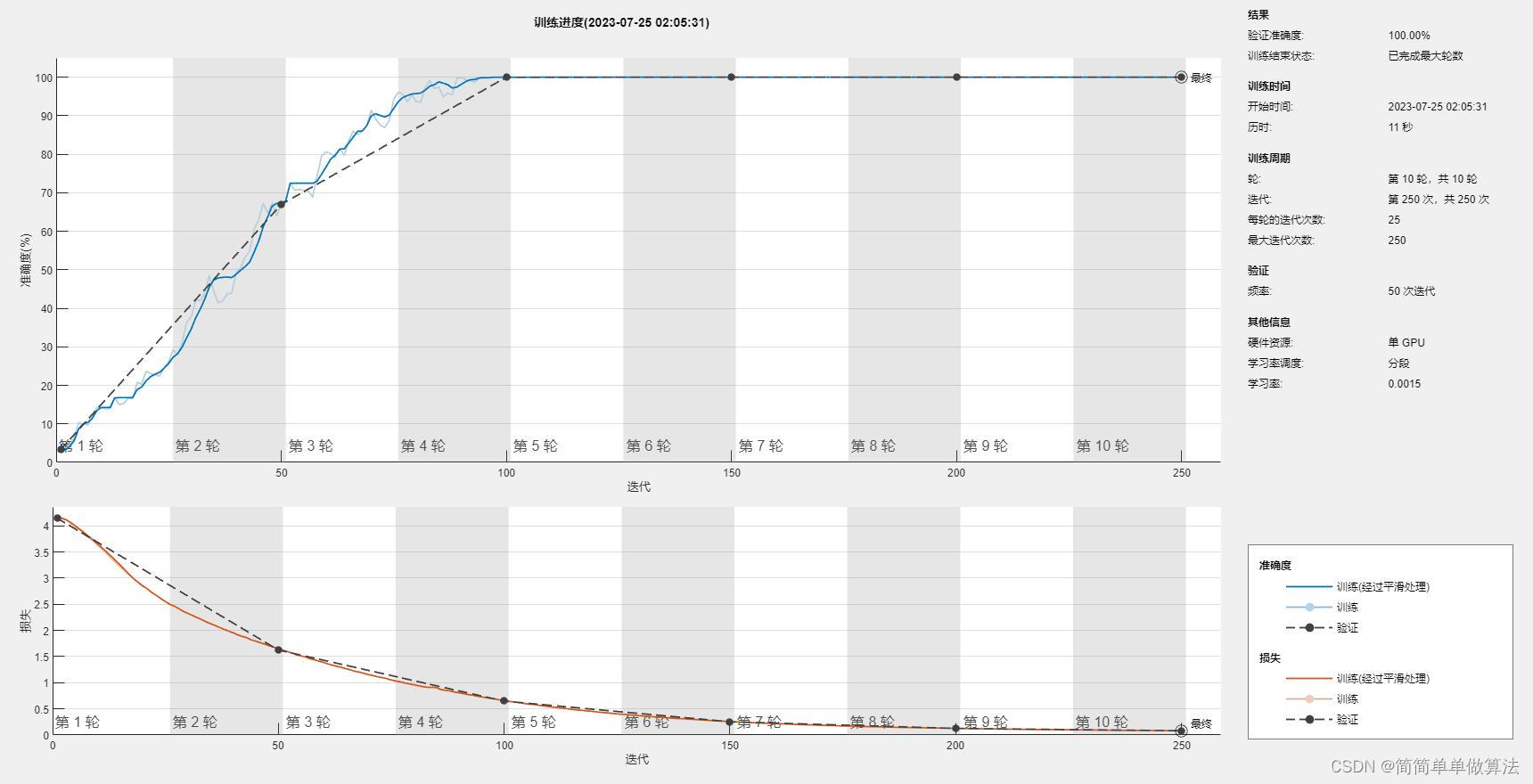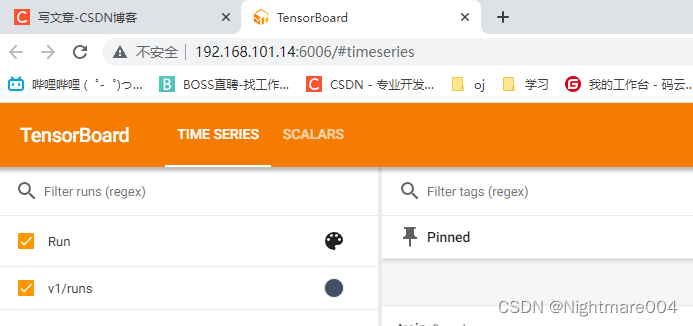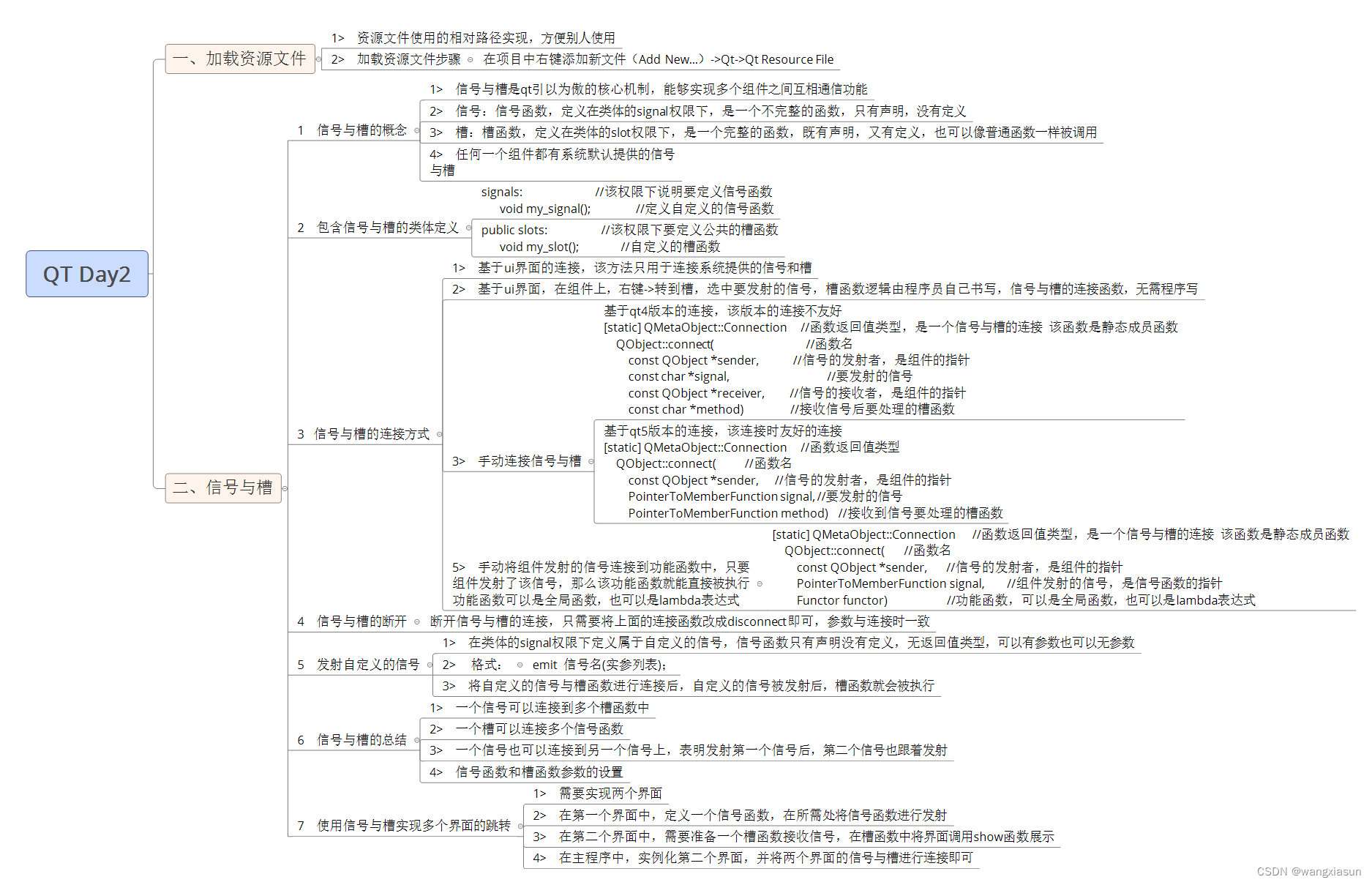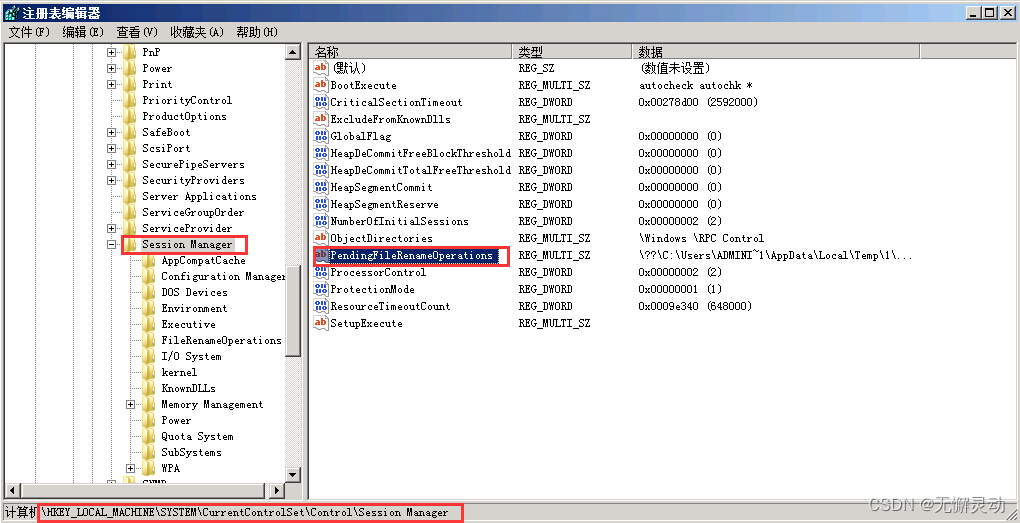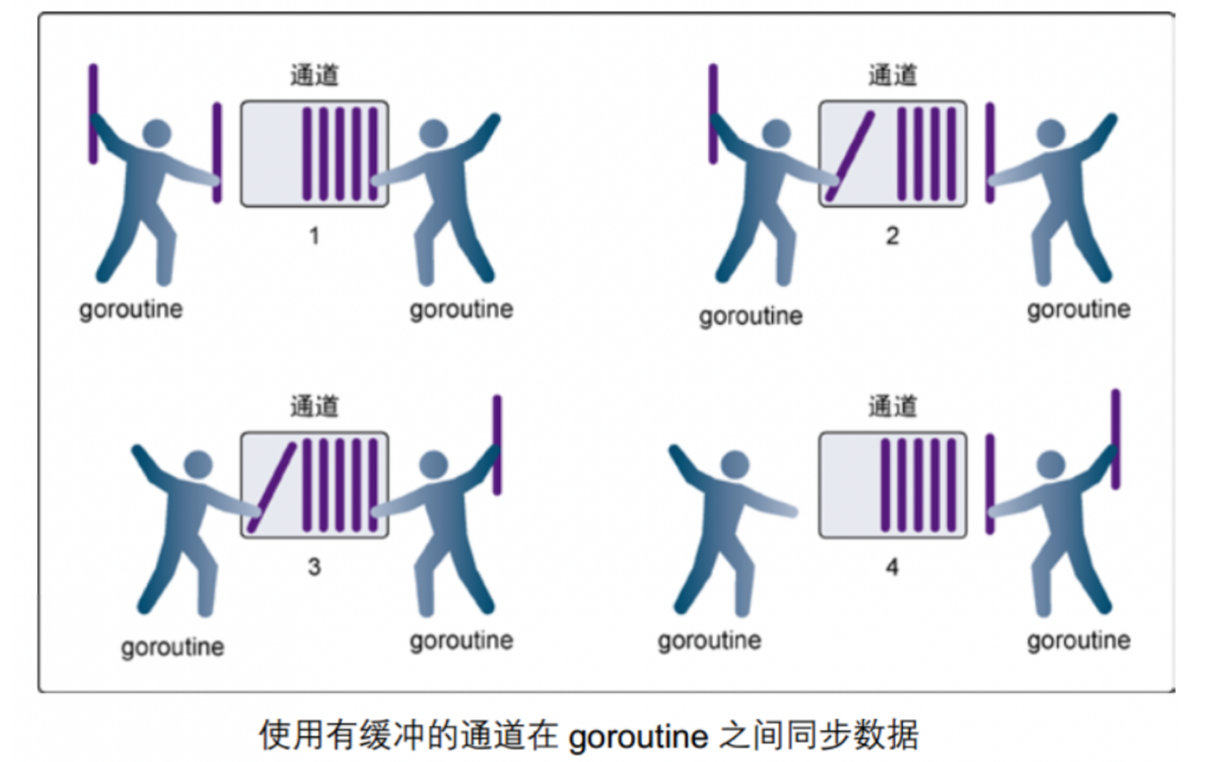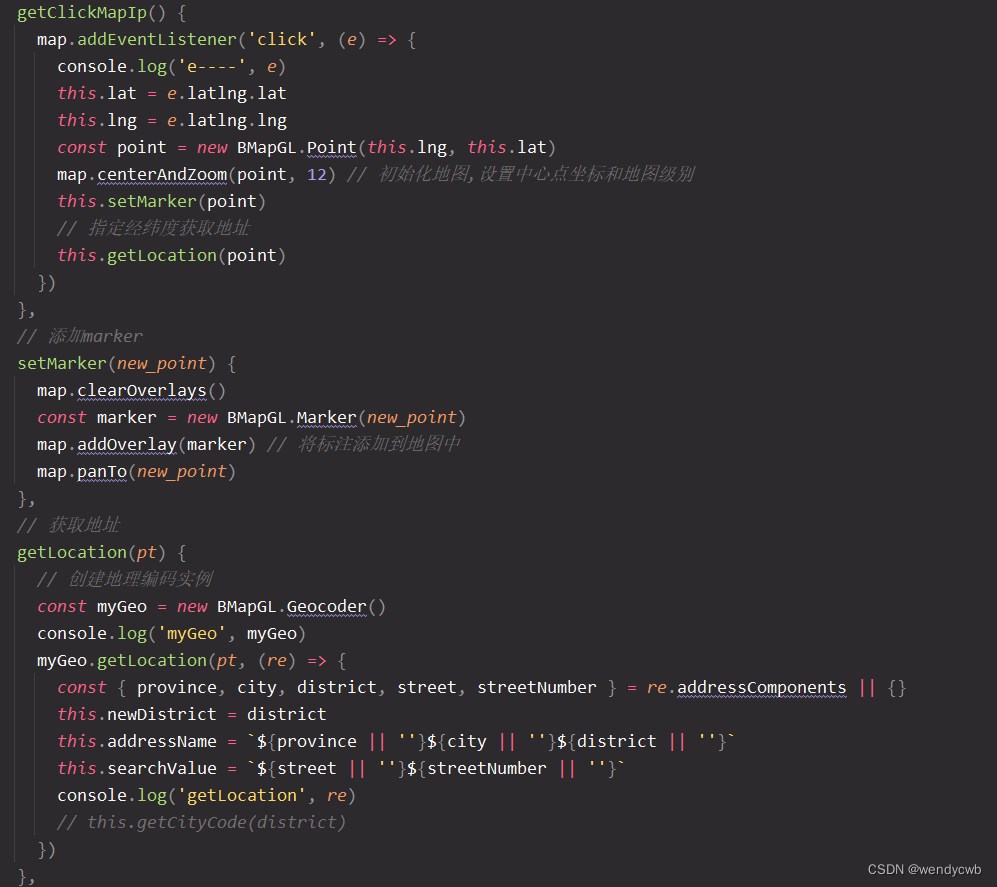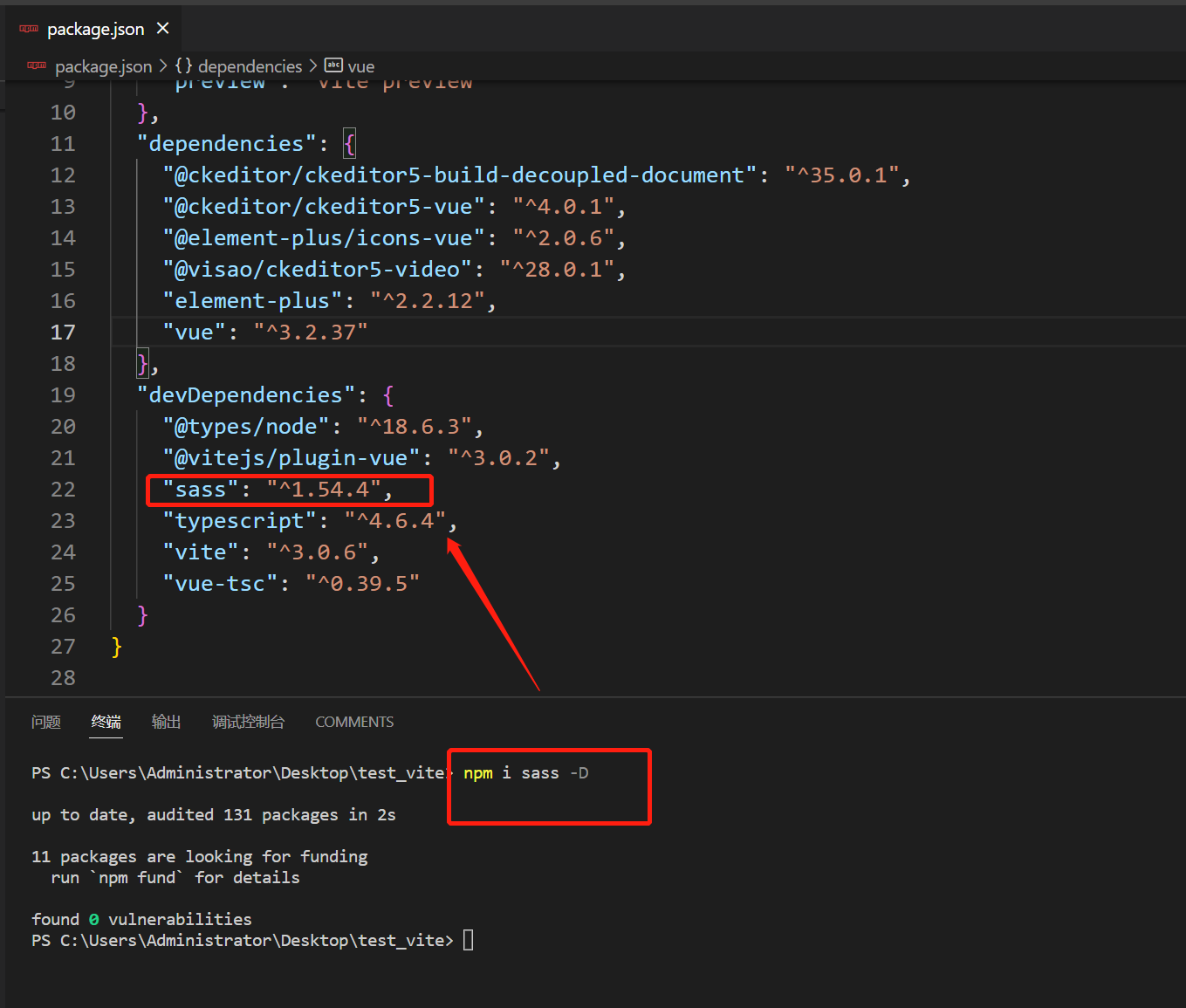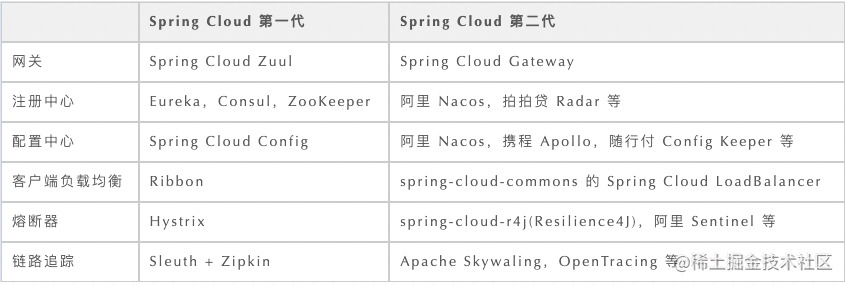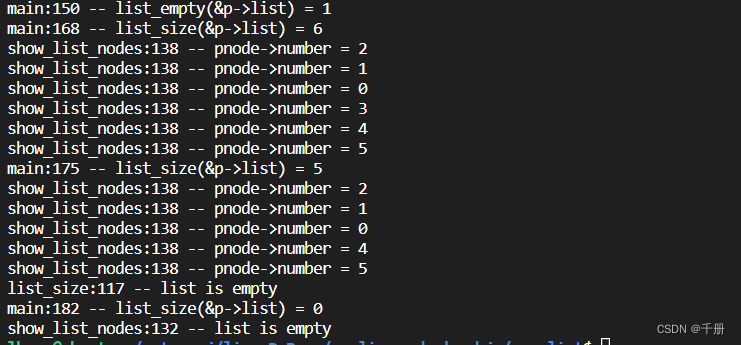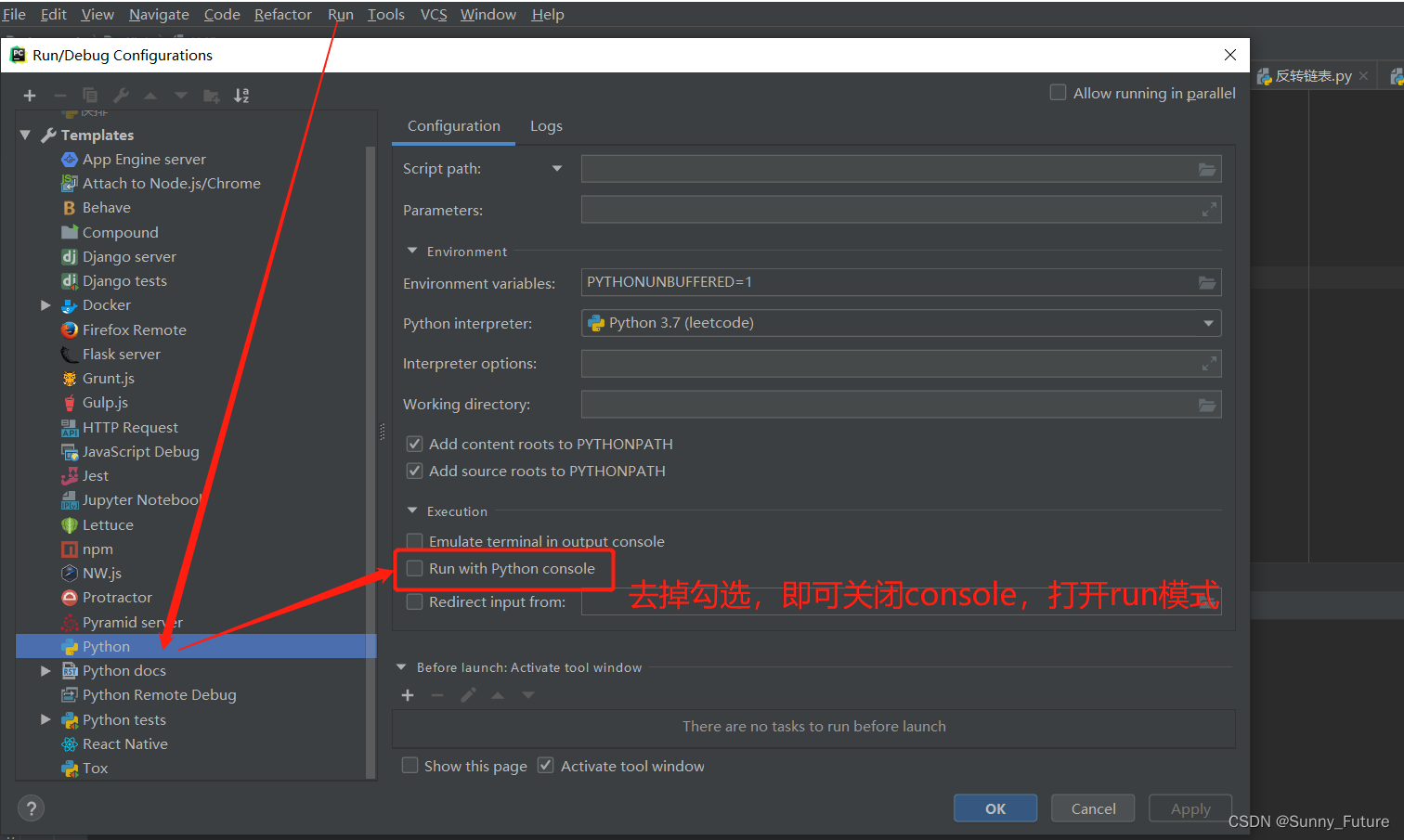
啊我摔倒了..有没有人扶我起来学习....
👱个人主页: 《 C G o d 的个人主页》 \color{Darkorange}{《CGod的个人主页》} 《CGod的个人主页》交个朋友叭~
💒个人社区: 《编程成神技术交流社区》 \color{Darkorange}{《编程成神技术交流社区》} 《编程成神技术交流社区》加入我们,一起高效学习,收割好Offer叭~
🌱刷题链接: 《 L e e t C o d e 》 \color{Darkorange}{《LeetCode》} 《LeetCode》快速成长的渠道哦~
目录
- 前言
- 一、所用技术与开发环境
- 二、项目介绍
- 三、项目开始
- 3.1 compile_server的设计
- 3.1.1 complier编译功能
- 3.1.2 runner运行功能
- 3.1.3 complie_run编译运行功能
- 3.1.4 compile_server调用以上功能
- 3.1.5 使用Postman调试compile_server功能
- 3.2 基于MVC 结构的oj 服务设计
- 3.2.1 用户请求的服务路由功能
- 3.2.2 model功能,提供对数据的操作
- 3.2.3 control功能,逻辑控制模块
- 3.3.3 view功能,网页渲染模块
前言
- 本项目实现一个类似 leetcode 的题目列表+在线编程功能的负载均衡式在线OJ服务
一、所用技术与开发环境
- 所用技术:
- C++ STL 标准库
- Boost 准标准库(字符串切割)
- cpp-httplib 第三方开源网络库
- ctemplate 第三方开源前端网页渲染库
- jsoncpp 第三方开源序列化、反序列化库
- 负载均衡设计
- 多进程、多线程
- MySQL C connect
- Ace前端在线编辑器(了解)
- html/css/js/jquery/ajax (了解)
- 开发环境
- Centos 7 云服务器
- vscode
- Mysql Workbench
二、项目介绍
-
项目核心是三个模块
- comm:公共模块
- compile_server:编译与运行模块
- oj_server:获取题目列表,查看题目编写题目界面,负载均衡,其他功能
-
项目宏观结构
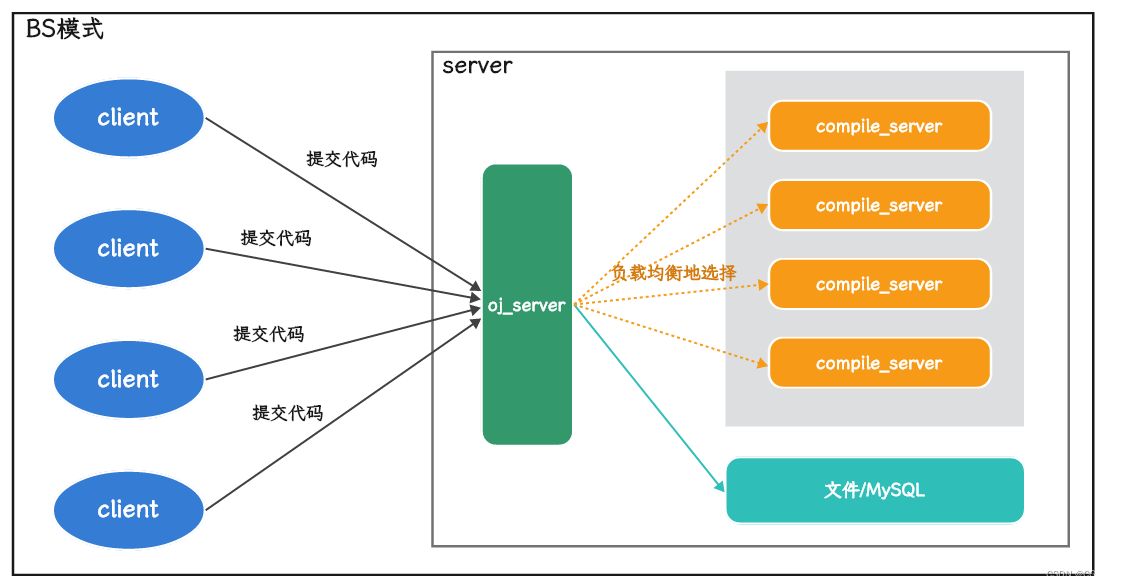
-
编写思路
- compile_server
- oj_server
- version1 ——基于文件版的在线OJ
- 前端的页面设计
- version2 ——基于 MySQL 版的在线OJ
三、项目开始
3.1 compile_server的设计
- 提供的服务:编译并运行代码,得到格式化的相关的结果
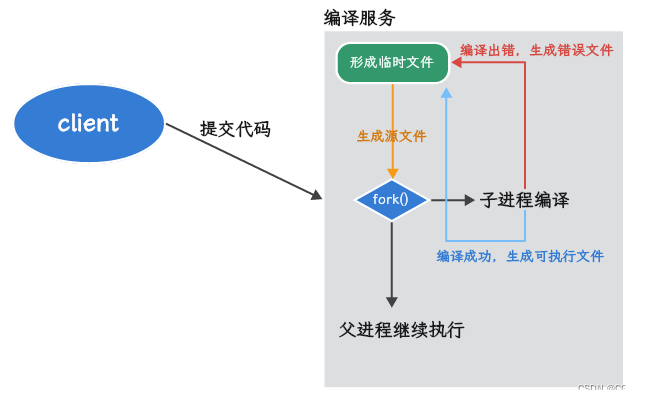
3.1.1 complier编译功能
compile_server/compiler.hpp
namespace ns_compiler
{
using namespace ns_util;
using namespace ns_log;
class Compiler
{
public:
// 返回值:编译成功:true,否则:false
// 输入参数:编译的文件名
// file_name: 1234
// 1234 -> ./temp/1234.cpp
// 1234 -> ./temp/1234.exe
// 1234 -> ./temp/1234.stderr
static bool Compile(const std::string &file_name)
{
pid_t pid = fork();
if (pid < 0)
{
logMessage(ERROR, "内部错误,创建子进程失败...[%s][%d]: %s", __FILE__, __LINE__, strerror(errno));
return false;
}
else if (pid == 0)
{
umask(0);
int _complie_stderr_fd = open(PathUtil::CompilerError(file_name).c_str(), O_CREAT | O_WRONLY, 0644);
if (_complie_stderr_fd < 0)
{
logMessage(FATAL, "没有成功形成stderr文件...[%s][%d]: %s", __FILE__, __LINE__, strerror(errno));
exit(1);
}
// 重定向标准错误到_complie_stderr_fd
dup2(_complie_stderr_fd, 2);
// 程序替换,并不影响进程的文件描述符表
// 子进程: 调用编译器,完成对代码的编译工作
// g++ -o target src -std=c++11
execlp("g++", "g++", "-o", PathUtil::Exe(file_name).c_str(), PathUtil::Src(file_name).c_str(), "-std=c++11", "-D", "COMPILER_ONLINE", nullptr);
logMessage(FATAL, "启动编译器g++失败,可能是参数错误...[%s][%d]: %s", __FILE__, __LINE__, strerror(errno));
exit(2);
}
else
{
waitpid(pid, nullptr, 0);
// 编译是否成功,就看有没有形成对应的可执行程序
if (FileUtil::IsFileExists(PathUtil::Exe(file_name)))
{
logMessage(NORMAL, "编译成功!");
return true;
}
logMessage(ERROR, "编译失败,没有形成可执行程序...[%s][%d]: %s", __FILE__, __LINE__, strerror(errno));
return false;
}
}
};
}
comm/log.hpp
namespace ns_log
{
#define DEBUG 0
#define NORMAL 1
#define WARNING 2
#define ERROR 3
#define FATAL 4
static const char *gLevelMap[] = {
"DEBUG",
"NORMAL",
"WARNING",
"ERROR",
"FATAL"};
static void logMessage(int level, const char *format, ...)
{
time_t timeStamp = time(nullptr);
char stdBuffer[1024];
snprintf(stdBuffer, sizeof stdBuffer, "[%s] [%ld]", gLevelMap[level], timeStamp);
va_list arg;
va_start(arg, format);
char usrBuffer[1024];
vsnprintf(usrBuffer, sizeof stdBuffer, format, arg);
va_end(arg);
printf("%s %s\n", stdBuffer, usrBuffer);
}
}
comm/util.hpp新增的接口有:
namespace ns_util
{
const std::string temp_name = "./temp/";
class PathUtil
{
public:
static std::string AddSuffix(const std::string &file_name, const std::string &suffix)
{
std::string path_name = temp_name;
path_name += file_name;
path_name += suffix;
return path_name;
}
// 1.编译时需要有的临时文件
// 1.1构建源文件路径+后缀的完整文件名
static std::string Src(const std::string &file_name)
{
return AddSuffix(file_name, ".cpp");
}
// 1.2构建可执行程序的完整路径+后缀名
static std::string Exe(const std::string &file_name)
{
return AddSuffix(file_name, ".exe");
}
// 1.3构建编译错误时的完整路径+后缀名
static std::string CompilerError(const std::string &file_name)
{
return AddSuffix(file_name, ".compile_error");
}
};
class FileUtil
{
public:
static bool IsFileExists(const std::string &path_name)
{
struct stat st;
return stat(path_name.c_str(), &st) == 0;
}
};
}
3.1.2 runner运行功能
- 其中,我们需要引入资源限制功能,来限制用户提交的代码运行的占用时间和占用空间
- 分别测试一下时间资源限制和空间资源限制
test.cc
#include<iostream>
#include<sys/time.h>
#include<sys/resource.h>
int main()
{
// 限制累计运行时长
struct rlimit r;
r.rlim_cur = 1; // 软限制,设置为1秒
r.rlim_max = RLIM_INFINITY; // 硬限制,限制软限制的上限,这里设为无穷即可
setrlimit(RLIMIT_CPU, &r);
while(1);
// 限制累计运行空间
struct rlimit r;
r.rlim_cur = 1024 * 1024 * 20; // 软限制,设置为20M
r.rlim_max = RLIM_INFINITY; // 硬限制,限制软限制的上限,这里设为无穷即可
setrlimit(RLIMIT_AS, &r);
int count = 0;
while(1)
{
int *p = new int[1024 * 1024];
count++;
std::cout << "size: " << count << std::endl;
sleep(1);
}
return 0;
}
测试结果(进程分别收到24号信号SIGXCPU和6号信号SIGABRT而终止):
- 编写运行功能
compile_server/runner.hpp
namespace ns_runner
{
using namespace ns_util;
using namespace ns_log;
class Runner
{
public:
// 提供设置进程占用资源大小的接口
static void SetProcLimit(int _cpu_limit, int _mem_limit)
{
// 设置CPU时长
struct rlimit cpu;
cpu.rlim_cur = _cpu_limit;
cpu.rlim_max = RLIM_INFINITY;
setrlimit(RLIMIT_CPU, &cpu);
// 设置内存大小
struct rlimit mem;
mem.rlim_cur = _mem_limit * 1024; // 转化成为KB
mem.rlim_max = RLIM_INFINITY;
setrlimit(RLIMIT_AS, &mem);
}
// 指明文件名即可,不需要代理路径,不需要带后缀
/*******************************************
* 返回值 > 0: 程序异常了,退出时收到了信号,返回值就是对应的信号编号
* 返回值 == 0: 正常运行完毕的,结果保存到了对应的临时文件中
* 返回值 < 0: 内部错误
*
* cpu_limit: 该程序运行的时候,可以使用的最大cpu资源上限
* mem_limit: 改程序运行的时候,可以使用的最大的内存大小(KB)
* *****************************************/
static int Run(const std::string &file_name, int _cpu_limit, int _mem_limit)
{
/*********************************************
* 程序运行:
* 1. 代码跑完,结果正确
* 2. 代码跑完,结果不正确
* 3. 代码没跑完,异常了
* Run需要考虑代码跑完,结果正确与否吗??不考虑!
* 结果正确与否:是由我们的测试用例决定的!
* 我们只考虑:是否正确运行完毕
*
* 我们必须知道可执行程序是谁?
* 一个程序在默认启动的时候
* 标准输入: 不处理
* 标准输出: 程序运行完成,输出结果是什么
* 标准错误: 运行时错误信息
* *******************************************/
std::string _execute = PathUtil::Exe(file_name);
std::string _stdin = PathUtil::Stdin(file_name);
std::string _stdout = PathUtil::Stdout(file_name);
std::string _stderr = PathUtil::Stderr(file_name);
umask(0);
int _stdin_fd = open(_stdin.c_str(), O_CREAT | O_RDONLY | O_TRUNC, 0644);
int _stdout_fd = open(_stdout.c_str(), O_CREAT | O_WRONLY | O_TRUNC, 0644);
int _stderr_fd = open(_stderr.c_str(), O_CREAT | O_WRONLY | O_TRUNC, 0644);
if (_stdin_fd < 0 | _stdout_fd < 0 | _stderr_fd < 0)
{
logMessage(FATAL, "运行时打开标准文件失败...[%s][%d]: %s", __FILE__, __LINE__, strerror(errno));
return -1; // 代表打开文件失败
}
pid_t pid = fork();
if (pid < 0)
{
logMessage(FATAL, "运行时创建子进程失败...[%s][%d]: %s", __FILE__, __LINE__, strerror(errno));
close(_stdin_fd);
close(_stdout_fd);
close(_stderr_fd);
return -2; // 代表创建子进程失败
}
else if (pid == 0)
{
dup2(_stdin_fd, 0);
dup2(_stdout_fd, 1);
dup2(_stderr_fd, 2);
execl(_execute.c_str() /*我要执行谁*/, _execute.c_str() /*我想在命令行上如何执行该程序*/, nullptr);
exit(1);
}
else
{
close(_stdin_fd);
close(_stdout_fd);
close(_stderr_fd);
int status = 0;
waitpid(pid, &status, 0);
// 程序运行异常,一定是因为因为收到了信号!
logMessage(NORMAL, "运行完毕...info: %d | [%s][%d]: %s", status & 0x7F, __FILE__, __LINE__, strerror(errno));
return status & 0x7F;
}
}
};
}
comm/util.hpp新增的接口有:
namespace ns_util
{
class PathUtil
{
public:
// 2.运行时需要的临时文件
// 2.1构建该程序对应的标准输入完整的路径+后缀名
static std::string Stdin(const std::string &file_name)
{
return AddSuffix(file_name, ".stdin");
}
// 2.2构建该程序对应的标准输出完整的路径+后缀名
static std::string Stdout(const std::string &file_name)
{
return AddSuffix(file_name, ".stdout");
}
// 2.3构建该程序对应的标准错误完整的路径+后缀名
static std::string Stderr(const std::string &file_name)
{
return AddSuffix(file_name, ".stderr");
}
};
}
3.1.3 complie_run编译运行功能
- 首先引入一下jsoncpp功能,用于数据的序列化和反序列化
- 测试一下jsoncpp的使用
test.cc
#include<iostream>
#include<string>
#include<jsoncpp/json/json.h>
int main()
{
// 序列化
// 将结构化数据转化为字符串
// value 是一个json的中间类, 可以填充kv值
Json::Value root;
root["code"] = "mycode";
root["user"] = "bobo";
root["age"] = "27";
// Json::FastWriter writer;
Json::StyledWriter writer;
std::string str = writer.write(root);
std::cout << str << std::endl;
return 0;
}
测试结果:
- 编写编译运行功能
complie_server/compile_run.hpp
namespace ns_compile_and_run
{
using namespace ns_compiler;
using namespace ns_runner;
using namespace ns_log;
using namespace ns_util;
class CompileAndRun
{
public:
static void RemoveTempFile(const std::string& file_name)
{
//清理文件的个数是不确定的,但是有哪些我们是知道的
std::string _src = PathUtil::Src(file_name);
if(FileUtil::IsFileExists(_src)) unlink(_src.c_str());
std::string _compiler_error = PathUtil::CompilerError(file_name);
if(FileUtil::IsFileExists(_compiler_error)) unlink(_compiler_error.c_str());
std::string _execute = PathUtil::Exe(file_name);
if(FileUtil::IsFileExists(_execute)) unlink(_execute.c_str());
std::string _stdin = PathUtil::Stdin(file_name);
if(FileUtil::IsFileExists(_stdin)) unlink(_stdin.c_str());
std::string _stdout = PathUtil::Stdout(file_name);
if(FileUtil::IsFileExists(_stdout)) unlink(_stdout.c_str());
std::string _stderr = PathUtil::Stderr(file_name);
if(FileUtil::IsFileExists(_stderr)) unlink(_stderr.c_str());
}
// code > 0 : 进程收到了信号导致异常奔溃
// code < 0 : 整个过程非运行报错(代码为空,编译报错等)
// code = 0 : 整个过程全部完成
static std::string CodeToDesc(int status_code, const std::string &file_name)
{
std::string desc;
switch (status_code)
{
case 0:
desc = "编译运行成功";
break;
case -1:
desc = "提交的代码是空";
break;
case -2:
desc = "未知错误";
break;
case -3:
// desc = "代码编译的时候发生了错误";
FileUtil::ReadFile(PathUtil::CompilerError(file_name), &desc, true);
break;
case SIGABRT: // 6
desc = "内存超过范围";
break;
case SIGXCPU: // 24
desc = "CPU使用超时";
break;
case SIGFPE: // 8
desc = "浮点数溢出";
break;
default:
desc = "未知: " + std::to_string(status_code);
break;
}
return desc;
}
/***************************************
* 输入:
* code: 用户提交的代码
* input: 用户给自己提交的代码对应的输入,不做处理
* cpu_limit: 时间要求
* mem_limit: 空间要求
*
* 输出:
* 必填
* status: 状态码
* reason: 请求结果
* 选填:
* stdout: 我的程序运行完的结果
* stderr: 我的程序运行完的错误结果
*
* 参数:
* in_json: {"code": "#include...", "input": "","cpu_limit":1, "mem_limit":10240}
* out_json: {"status":"0", "reason":"","stdout":"","stderr":"",}
* ************************************/
static void start(const std::string &in_json, std::string *out_json)
{
Json::Value in_value;
Json::Reader reader;
reader.parse(in_json, in_value);
std::string code = in_value["code"].asString();
std::string input = in_value["input"].asString();
int cpu_limit = in_value["cpu_limit"].asInt();
int mem_limit = in_value["mem_limit"].asInt();
std::string file_name; // 需要内部形成的唯一文件名
int status_code = 0;
int run_result = 0;
Json::Value out_value;
if (code.size() == 0)
{
status_code = -1; // 代码为空
goto END;
}
// 形成的文件名只具有唯一性,没有目录没有后缀
// 毫秒级时间戳+原子性递增唯一值: 来保证唯一性
file_name = FileUtil::UniqFileName();
// 形成临时src文件
if (!FileUtil::WriteFile(PathUtil::Src(file_name), code))
{
status_code = -2; // 未知错误
goto END;
}
if (!Compiler::Compile(file_name))
{
// 编译失败
status_code = -3; // 代码编译的时候发生了错误
goto END;
}
run_result = Runner::Run(file_name, cpu_limit, mem_limit);
if (run_result < 0)
{
status_code = -2; // 未知错误
}
else if (run_result > 0)
{
status_code = run_result; // 程序运行崩溃了
}
else
{
status_code = 0; // 运行成功
}
END:
out_value["status"] = status_code;
out_value["reason"] = CodeToDesc(status_code, file_name);
if (status_code == 0)
{
// 整个过程全部成功
std::string _stdout;
FileUtil::ReadFile(PathUtil::Stdout(file_name), &_stdout, true);
out_value["stdout"] = _stdout;
std::string _stderr;
FileUtil::ReadFile(PathUtil::Stderr(file_name), &_stderr, true);
out_value["stderr"] = _stderr;
}
Json::StyledWriter writer;
*out_json = writer.write(out_value);
RemoveTempFile(file_name); // 清理临时文件
}
};
}
comm/util.hpp新增的接口有:
namespace ns_util
{
class TimeUtil
{
public:
// 获得毫秒时间戳
static std::string GetTimeMS()
{
struct timeval _time;
gettimeofday(&_time, nullptr);
return std::to_string(_time.tv_sec * 1000 + _time.tv_usec / 1000);
}
};
class FileUtil
{
public:
static bool WriteFile(const std::string &path_name, const std::string &content)
{
std::ofstream out(path_name);
if (!out.is_open())
{
return false;
}
out.write(content.c_str(), content.size());
out.close();
return true;
}
static bool ReadFile(const std::string &path_name, std::string *content, bool keep = false)
{
content->clear();
std::ifstream in(path_name);
if (!in.is_open())
{
return false;
}
std::string line;
// getline:不保存行分割符,有些时候需要保留\n,
// getline内部重载了强制类型转化
while (std::getline(in, line))
{
(*content) += line;
(*content) += keep ? "\n" : "";
}
in.close();
return true;
}
};
}
3.1.4 compile_server调用以上功能
- 首先引入cpp-httplib的使用,把compile_server打包成网络服务
- 学习使用httplib
test.cc
#include"httplib.h"
using namespace httplib;
int main()
{
Server svr;
svr.Get("/bobo", [](const Request& req, Response& resp){
resp.set_content("hello bobo!", "text/plain");
});
svr.listen("0.0.0.0", 9090); // 启动HTTP服务
return 0;
}
- 启动服务(httplib提供多线程阻塞式网络服务):
- 此时用浏览器访问:
- 编写compile_server.cc功能,把compile_server打包成网络服务
compile_server/compile_server.cc
void Usage(const std::string &command)
{
std::cout << "Usage: " << command << " port" << std::endl;
}
// 编译服务随时可能被多个人请求,必须保证传递上来的code,形成源文件名称的时候,要具有
// 唯一性,要不然多个用户之间会互相影响
//./compile_server port
int main(int argc, char *argv[])
{
if (argc != 2)
{
Usage(argv[0]);
return 1;
}
Server svr;
svr.Post("/compile_and_run", [](const Request &req, Response &res){
// 用户请求的服务正文是我们想要的json string
std::string in_json = req.body;
std::string out_json;
if(!in_json.empty())
{
CompileAndRun::start(in_json, &out_json);
res.set_content(out_json, "application/json;charset=utf-8");
}
});
svr.listen("0.0.0.0", atoi(argv[1])); // 启动http服务
return 0;
}
3.1.5 使用Postman调试compile_server功能

3.2 基于MVC 结构的oj 服务设计
- 本质: 建立一个小型网站
- 获取首页,用题目列表充当
- 编辑区域页面
- 提交判题功能(编译并运行)
M: Model,通常是和数据交互的模块,比如,对题库进行增删改查(文件版,MySQL)
V: view, 通常是拿到数据之后,要进行构建网页,渲染网页内容,展示给用户的(浏览器)
C: control, 控制器,就是我们的核心业务逻辑
3.2.1 用户请求的服务路由功能
oj_server/oj_server.cc
int main()
{
Server svr; //用户请求的服务路由功能
// 获取所有的题目列表
svr.Get("/all_questions", [](const Request& req, Response& res){
resp.set_content("这是所有题目的列表", "text/plain; charset=utf-8");
});
// 用户要根据题目编号,获取题目的内容
// /question/100 -> 正则匹配
// R"()", 原始字符串raw string,保持字符串内容的原貌,不用做相关的转义
svr.Get(R"(/one_question/(\d+))", [&ctrl](const Request& req, Response& res){
resp.set_content("这是指定的一道题: " + number, "text/plain; charset=utf-8");
});
// 用户提交代码,使用我们的判题功能(1. 每道题的测试用例 2. compile_and_run)
svr.Get(R"(/judge/(\d+))", [](const Request &req, Response &resp){
std::string number = req.matches[1];
resp.set_content("指定题目的判题: " + number, "text/plain; charset=utf-8");
});
svr.set_base_dir("./wwwroot");
svr.listen("0.0.0.0", 8080);
return 0;
}
3.2.2 model功能,提供对数据的操作
oj_server/oj_model.hpp
// 根据题目list文件,加载所有的题目信息到内存中
// model: 主要用来和数据进行交互,对外提供访问数据的接口
namespace ns_model
{
using namespace ns_log;
using namespace ns_util;
class Question
{
public:
std::string _number; //题目编号,唯一
std::string _title; //题目的标题
std::string _star; //难度: 简单 中等 困难
int _cpu_limit; //题目的时间要求(S)
int _mem_limit; //题目的空间要去(KB)
std::string _desc; //题目的描述
std::string _head; //题目预设给用户在线编辑器的代码
std::string _tail; //题目的测试用例,需要和header拼接,形成完整代码
};
const std::string questions_list = "./questions/questions.list";
const std::string questions_path = "./questions/";
class Model
{
public:
Model()
{
LoadQuestionList(questions_list);
}
bool LoadQuestionList(const std::string &question_list)
{
//加载配置文件: questions/questions.list + 题目编号文件
std::ifstream in(questions_list);
if(!in.is_open())
{
logMessage(FATAL, "加载题库失败,请检查是否存在题库文件...[%s][%d]: %s", __FILE__, __LINE__, strerror(errno));
return false;
}
std::string line;
while(std::getline(in, line))
{
std::vector<std::string> tokens;
StringUtil::SplitString(line, &tokens, " ");
// 1 判断回文数 简单 1 30000
if(tokens.size() != 5)
{
logMessage(WARNING, "加载部分题目失败, 请检查文件格式...[%s][%d]: %s", __FILE__, __LINE__, strerror(errno));
continue;
}
Question q;
q._number = tokens[0];
q._title = tokens[1];
q._star = tokens[2];
q._cpu_limit = stoi(tokens[3]);
q._mem_limit = stoi(tokens[4]);
std::string path = questions_path;
path += q._number;
path += "/";
FileUtil::ReadFile(path+"desc.txt", &(q._desc), true);
FileUtil::ReadFile(path+"head.cpp", &(q._head), true);
FileUtil::ReadFile(path+"tail.cpp", &(q._tail), true);
_questions.insert({q._number, q});
}
logMessage(NORMAL, "加载题库...成功!");
in.close();
return true;
}
bool GetAllQuestions(std::vector<Question>* out)
{
if(_questions.size() == 0)
{
logMessage(ERROR, "用户获取题库失败...[%s][%d]: %s", __FILE__, __LINE__, strerror(errno));
return false;
}
for(const auto& q : _questions) out->push_back(q.second);
return true;
}
bool GetOneQuestion(const std::string &number, Question *question)
{
const auto& q = _questions.find(number);
if(q == _questions.end())
{
logMessage(ERROR, "用户获取题目失败, 题目编号: %s | [%s][%d]: %s", number, __FILE__, __LINE__, strerror(errno));
return false;
}
(*question) = q->second;
return true;
}
private:
std::unordered_map<std::string, Question> _questions;
};
}
comm/util.hpp新增接口
namespace ns_util
{
class StringUtil
{
public:
static void SplitString(const std::string& str, std::vector<std::string>* out, const std::string& sep)
{
boost::split(*out, str, boost::is_any_of(sep), boost::token_compress_on);
}
};
}
oj_server/questions/questions.list
1 回文串 简单 1 30000
oj_server/questions/1/desc.txt
判断一个整数是否是回文数。回文数是指正序(从左向右)和倒序(从右向左)读都是一样的整数。
示例 1:
输入: 121
输出: true
示例 2:
输入: -121
输出: false
解释: 从左向右读, 为 -121 。 从右向左读, 为 121- 。因此它不是一个回文数。
示例 3:
输入: 10
输出: false
解释: 从右向左读, 为 01 。因此它不是一个回文数。
进阶:
你能不将整数转为字符串来解决这个问题吗?
oj_server/questions/1/head.cpp
#include <iostream>
#include <string>
#include <vector>
#include <map>
#include <algorithm>
using namespace std;
class Solution {
public:
bool IsPalindrome(int x){
}
};
oj_server/questions/1/tail.cpp
#ifndef COMPILE_ONLINE
#include"head.cpp"
#endif
void test1()
{
bool ret = Solution().IsPalindrome(1234321);
if(ret) std::cout << "通过用例1, 测试121通过 ... OK!" << std::endl;
else std::cout << "没有通过用例1, 测试的值是: 121" << std::endl;
}
void test2()
{
bool ret = Solution().IsPalindrome(-10);
if(!ret) std::cout << "通过用例2, 测试-10通过 ... OK!" << std::endl;
else std::cout << "没有通过用例2, 测试的值是: -10" << std::endl;
}
int main()
{
test1();
test2();
return 0;
}
3.2.3 control功能,逻辑控制模块
3.3.3 view功能,网页渲染模块
- 首先引入ctemplate,提供网页渲染功能
- 测试使用一下ctemplate
test.cc
#include<ctemplate/template.h>
#include<string>
#include<iostream>
int main()
{
std::string in_html = "./test.html";
std::string value = "bobo";
// 形成数据字典
ctemplate::TemplateDictionary root("test"); // 理解为unordered_map<> test
root.SetValue("key", value); // 理解为test.insert({"key", value})
// 获取被渲染网页对象
ctemplate::Template* tpl = ctemplate::Template::GetTemplate(in_html, ctemplate::DO_NOT_STRIP);
// 添加字典数据到网页中
std::string out_html;
tpl->Expand(&out_html, &root);
// 完成了渲染
std::cout << out_html << std::endl;
return 0;
}
test.html
<!DOCTYPE html>
<html lang="en">
<head>
<meta charset="UTF-8">
<meta name="viewport" content="width=device-width, initial-scale=1.0">
<title>用来测试</title>
</head>
<body>
<p>{{key}}</p>
<p>{{key}}</p>
<p>{{key}}</p>
<p>{{key}}</p>
<p>{{key}}</p>
</body>
</html>
测试结果:






